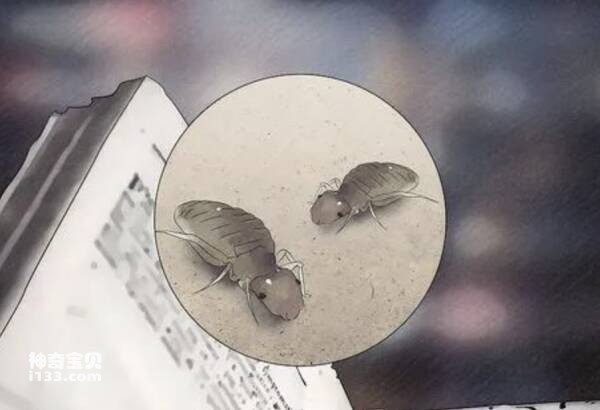Every family has a collection of paintings and calligraphy. Some books, calligraphy and paintings have precious collection value. Once they are damaged by insects, the loss will be immeasurable. For this reason, experienced calligraphers and painters attach great importance to moth prevention. The main borers for calligraphy and painting are booklice and sweater fish. Of course, cockroaches and termites also need to be watched out for. Cockroaches often hide in bookshelves, and their excrement often causes serious contamination of books. The stains are difficult to wipe off, affecting the beauty and value of paintings and calligraphy. Here are two common species of cockroaches and their preventive measures.

(1) Booklice, belonging to the order Rodentidae and the family Bookliceidae. They often appear in paper and slide around like lice, which are called book lice. It is very small, with an adult body length of about 1 mm, but it can be seen by the human eye. Generally wingless, it is a typical female country. Male insects have not been found yet. Females can reproduce on their own, and the nymphs have the same appearance as adults, but are smaller. In addition to harming calligraphy and painting, they are also often found in many foods such as edible storage products and ginseng at home. Because of its small size, its damage is often overlooked. Booklice like dampness and have 3-4 generations a year. Adults or larvae often spend the winter in debris, dust or gaps. They cannot survive in dry environments. They are very afraid of light and have swarming characteristics. It mainly eats powder crumbs and starch paste. Any ancient calligraphy and painting with paste, especially those that are not often turned over, can easily attract its survival and reproduction.
(2) Silverfish. It is also commonly seen in calligraphy and painting. The house silverfish looks very similar to the sweater fish, but is slightly smaller. The larvae can see the tail after molting 8 to 9 times and become adults. They do not start laying eggs until the 10th instar. Its habits are similar to those of the sweater fish. It particularly likes moisture. The optimal humidity is 95%. It likes to chew items containing starch or colloid: such as starched calligraphy and paintings, or papered boxes and boxes, which are all targets of moth damage. In severe cases, all calligraphy and paintings can be destroyed.
(3) Prevention and control measures. Keep your bookshelf clean and tidy regularly to prevent pests from hiding and breeding. Calligraphy and paintings with collectible value should be checked and turned over frequently. In addition, to keep the room dry at all times, you can also use 2% formaldehyde solution to touch the bookshelf or spray it.
animal tags: bookworm booklice rodentidae booklicidae silverfish
We created this article in conjunction with AI technology, then made sure it was fact-checked and edited by a Animals Top editor.